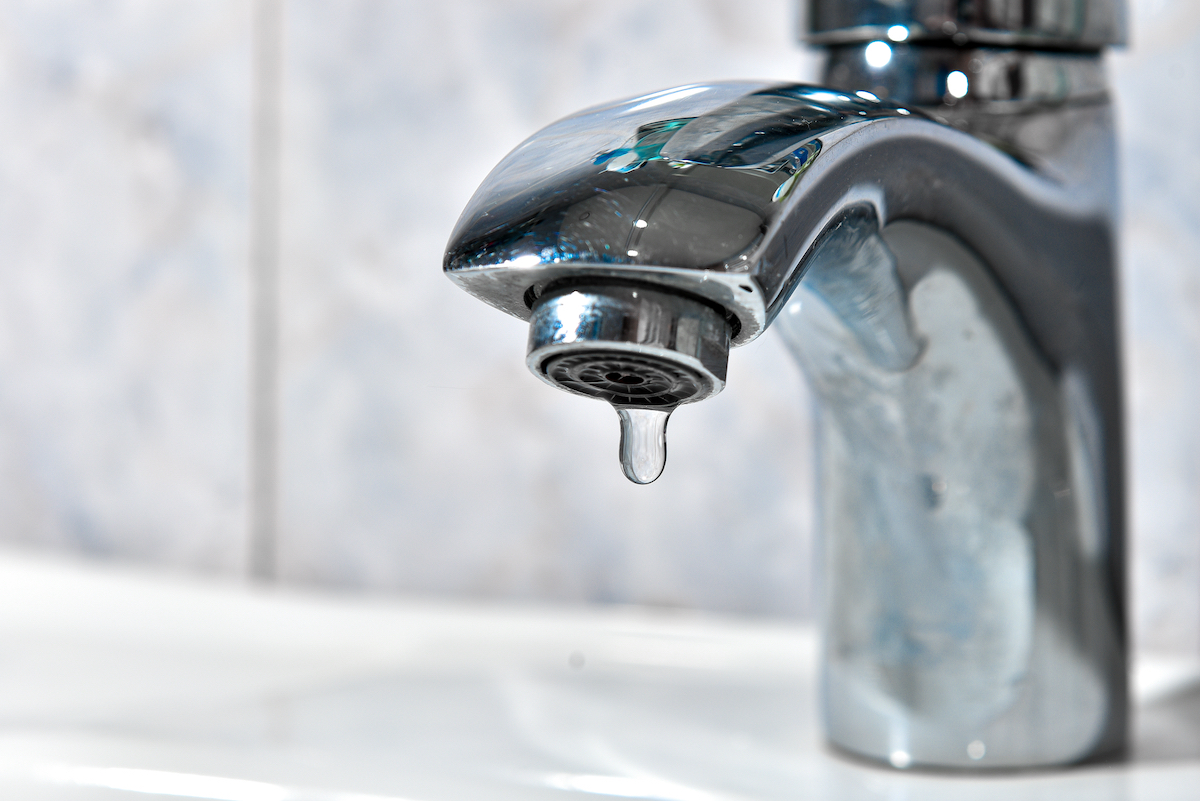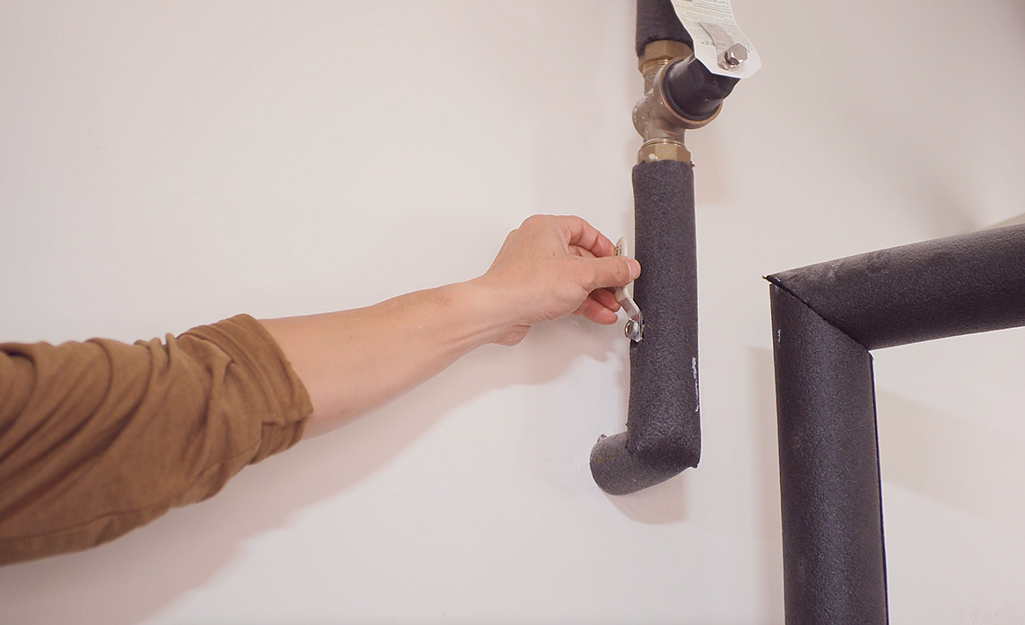When It's Crucial to Fix a Dripping Faucet
When It's Crucial to Fix a Dripping Faucet
Blog Article
Almost everyone maintains their private rationale with regards to Water Dripping from Faucet: Why and How to Fix.

Leaking taps may feel like a minor hassle, however their influence surpasses simply the annoyance of the sound. From wasting water to incurring unnecessary monetary expenses and health risks, ignoring a dripping faucet can lead to various consequences. In this article, we'll look into why it's critical to resolve this typical home issue without delay and successfully.
Waste of Water
Environmental Influence
Leaking faucets add considerably to water wastage. According to the Epa (EPA), a single tap dripping at one drip per secondly can waste greater than 3,000 gallons of water each year. This not only pressures water resources however also impacts ecosystems and wildlife depending on them.
Step-by-Step Guide to Repairing a Dripping Tap
Devices Required
Before attempting to take care of a trickling tap, gather the required tools, consisting of a flexible wrench, screwdrivers, substitute components (such as washing machines or cartridges), and plumber's tape.
Common Faucet Issues and Their Solutions
Identify the type of tap and the details problem creating the drip. Typical troubles include worn-out washers, corroded valve seats, or malfunctioning O-rings. Describe supplier guidelines or on-line tutorials for detailed support on fixings.
Financial Prices
Boosted Water Expenses
Beyond the environmental impact, trickling faucets can blow up water expenses substantially. The accumulated waste in time converts into greater utility expenditures, which could have been stayed clear of with timely fixings.
Potential Residential Or Commercial Property Damages
Moreover, extended trickling can lead to damage to components and surface areas surrounding the faucet. Water build-up can trigger discoloration, deterioration, and even structural problems if left ignored, leading to added fixing prices.
Wellness Concerns
Mold and Mildew Development
The consistent visibility of dampness from a trickling tap produces an excellent setting for mold and mildew and mildew growth. These fungis not just jeopardize indoor air top quality however likewise pose health threats, especially for individuals with respiratory system conditions or allergic reactions.
Waterborne Illness
Stagnant water in leaking faucets can end up being a breeding ground for microorganisms and other microorganisms, increasing the danger of waterborne diseases. Pollutants such as Legionella microorganisms flourish in stationary water, possibly resulting in severe health problems when ingested or breathed in.
DIY vs. Expert Repair service
Pros and Cons of Do It Yourself Repair Service
While some might try to repair a leaking tap themselves, do it yourself repairs come with their own set of difficulties. Without correct expertise and devices, do it yourself attempts can worsen the problem or result in incomplete repair work, prolonging the problem.
Advantages of Employing an Expert Plumber
Employing a specialist plumber makes sure that the underlying reason for the dripping tap is dealt with effectively. Plumbers have the competence and equipment to identify and fix faucet concerns effectively, conserving time and reducing the risk of more damage.
Environmental Duty
Individual Payment to Preservation
Taking responsibility for taking care of trickling faucets aligns with wider initiatives toward water preservation and ecological sustainability. Every person's activities jointly make a significant impact on preserving valuable resources.
Sustainable Living Practices
By prioritizing prompt repair work and taking on water-saving behaviors, people add to lasting living methods that benefit both present and future generations.
Safety nets
Normal Maintenance Tips
To prevent dripping taps, do routine upkeep such as cleaning up aerators, inspecting for leakages, and replacing worn-out components quickly. Additionally, take into consideration setting up water-saving tools or upgrading to more effective fixtures.
Importance of Prompt Fixes
Dealing with trickling faucets as soon as they're seen avoids additional water wastefulness and potential damages, eventually conserving both water and money over time.
Influence On Building Value
Understanding of Well-Maintained Building
Maintaining a building in good condition, consisting of addressing maintenance problems like leaking faucets, enhances its perceived value and desirability amongst possible customers or lessees.
Impact on Resale Value
Residences with well-kept plumbing fixtures, consisting of faucets, command greater resale worths in the realty market. Addressing trickling faucets can contribute to a favorable impression throughout residential property evaluations and arrangements.
Final thought
Addressing a dripping tap goes beyond simple ease; it's a necessary action toward saving water, reducing monetary expenses, and safeguarding health and wellness and building. Whether through DIY repair services or expert help, doing something about it to fix dripping faucets is a small yet impactful way to promote responsible stewardship of resources and contribute to a healthier, more sustainable future.
Why Are My Faucets Dripping (And Can I Fix it Myself)?
Causes of a Dripping or Leaking Faucet
Whether you’re hearing drops of water falling and hitting a sink, or noticing water ooze out from the base of the spout, you shouldn’t ignore a dripping or leaking faucet. And, the good news is, sometimes you can fix the problem yourself.
In this article, we’ll review a few common causes of dripping and leaky. We’ll also walk you through some basic ways to find the problem and handle it without calling anyone — and let you know when to call in a pro.
But, no matter what the cause, or whether you can handle it on your own, the sooner you address it, the better.
Each drip may be a tiny amount of water. But, they all add up quickly. According to the U.S. Geological Survey, one faucet losing one drop every 20 seconds — five a minute — wastes around a liter of water every day, and 173 gallons a year.
Add in more than one in your house, and it’s a lot of water to waste. So, we’ll help you get to the bottom of things quickly.
Four Reasons Your Faucet May Be Dripping
Aerator is Damaged or Unseated Valve Seat is Corroded O Ring is Loose or Worn Out Part of the Assembly is Loose Aerator is Damaged or Unseated
If you unscrew the end of your faucet, you’ll find the aerator. It’s the little stem piece with a screen on it that shuts off the water circulation.
If it’s damaged, or if it’s not sitting right, it will allow water to pass through.
Valve Seat is Corroded
Next is the valve seat, which is connected to the washer. If the washer wasn’t in place correctly, then it could have ground against the seat. Over time, this damages the valve seat.
The problem could also be corrosion: Over time, the part has worn out, and it’s now allowing water to pass through.
O Ring is Loose or Worn Out
Since the o ring is only a small rubber gasket, it’s a common reason why the faucet is dripping. You’ll find it at the base of the faucet, and it’s there to keep water from coming out where it’s not supposed to.
However, it’s common for the o ring to wear out over time. When it does, you’ll notice a drip.
Part of the Assembly is Loose
So far, we’ve looked at a few small, specific parts. But, the problem could be anywhere in the assembly if something’s out of place.
Even if a part isn’t damaged, over time, it may have become loose or dislodged. It could be the parts we mentioned, or the aerator at the tip of the faucet, the stem itself,
Can I Fix a Leaky Faucet Myself?
Depending on the problem, and how handy you are, there’s a chance you can fix a leaky faucet without calling a professional. But, you do run the risk of making the problem worse.
If it’s a small drip, you can certainly try a few troubleshooting tactics. We’ll walk you through them in a moment.
But, no matter what, your first step should be shutting off the water coming into the faucet. You should find a shutoff valve under the sink on the pipes leading to it. Turn each one clockwise until they close tightly.
Next, make sure you have the right tools for whatever you’re attempting. It’s tempting to make do with what you have. But, you need the right ones for a reason: You’re often dealing with small parts that can break if you handle them carelessly.
If you’re feeling confident, here are some places to start.
Items Near the Tip of the Faucet
A few of the parts we mentioned — particularly the valve seat and washer — are located at the tip of the faucet where the water comes out. They’re easy to access, making it a good place to start.
Check the O Ring
To check the o ring, you’ll need to take off the spout at the base. It’s easiest on kitchen sinks with long spouts, versus the smaller, bulkier base on most bathroom sinks.
Either way, this can be tricky, so do it carefully and don’t force anything. If it’s not coming right off, you’re much better off calling in a pro than possibly breaking something.
For a kitchen sink, there’s usually a nut or coupling assembly at the base of the spout. These often slide off easily without using any tools.
Once you’ve disassembled those parts, gently but forcefully twist off the spout.
Then, you can see the o rings. There should be two of the rubber gaskets on the base. If they look worn or damaged, replace them, and see if that solves the problem.

I have been very inquisitive about Why It's Important to Fix Leaky Faucets and I hope you enjoyed reading the entry. I beg you set aside a second to promote this entry if you enjoyed it. Thank you so much for your time spent reading it.
Report this page